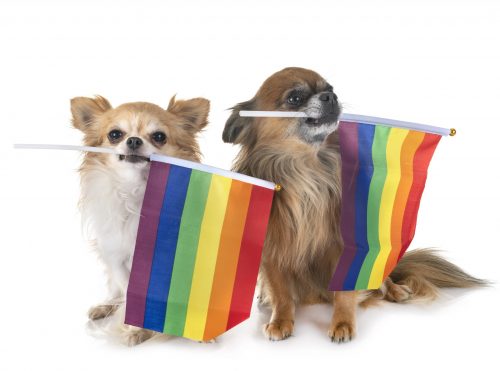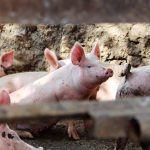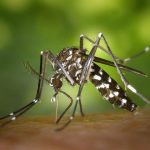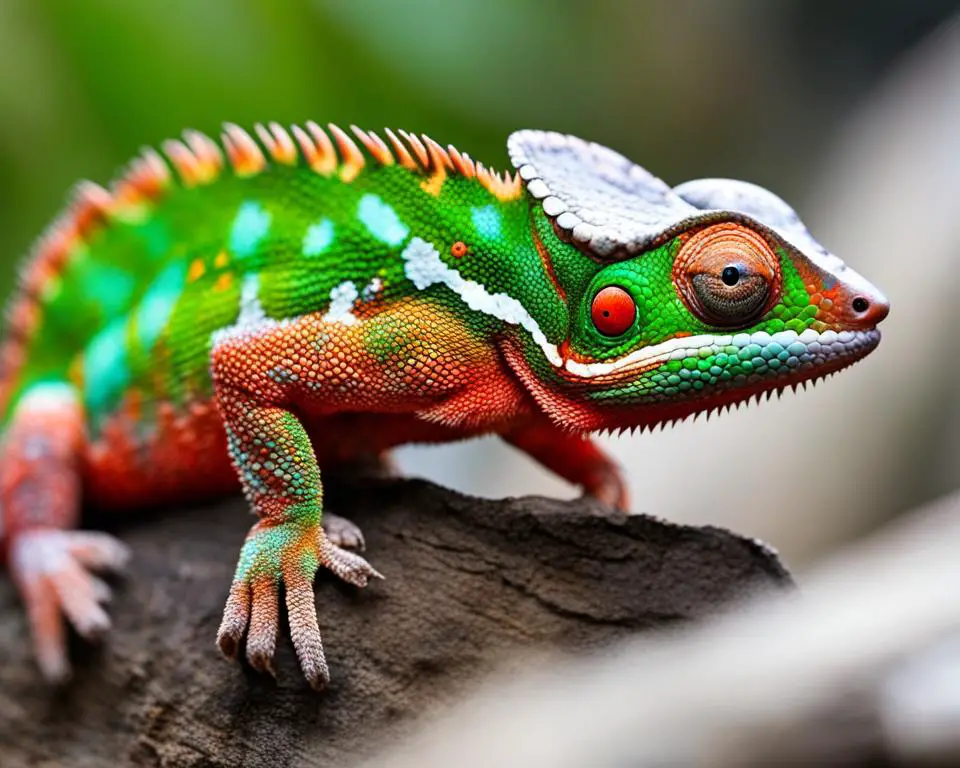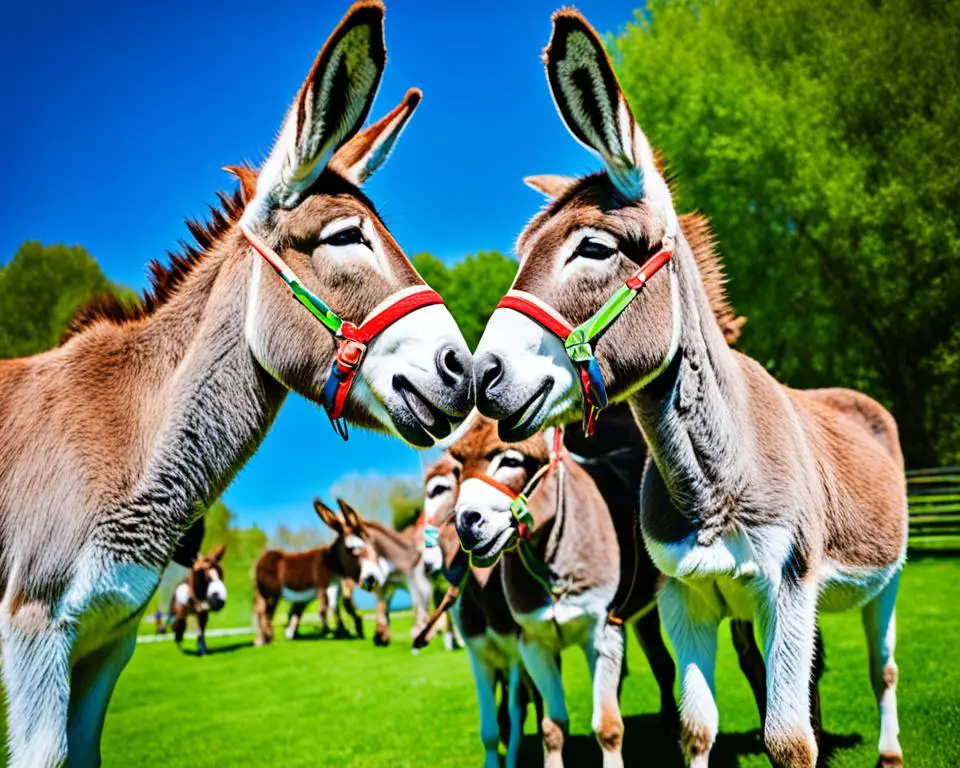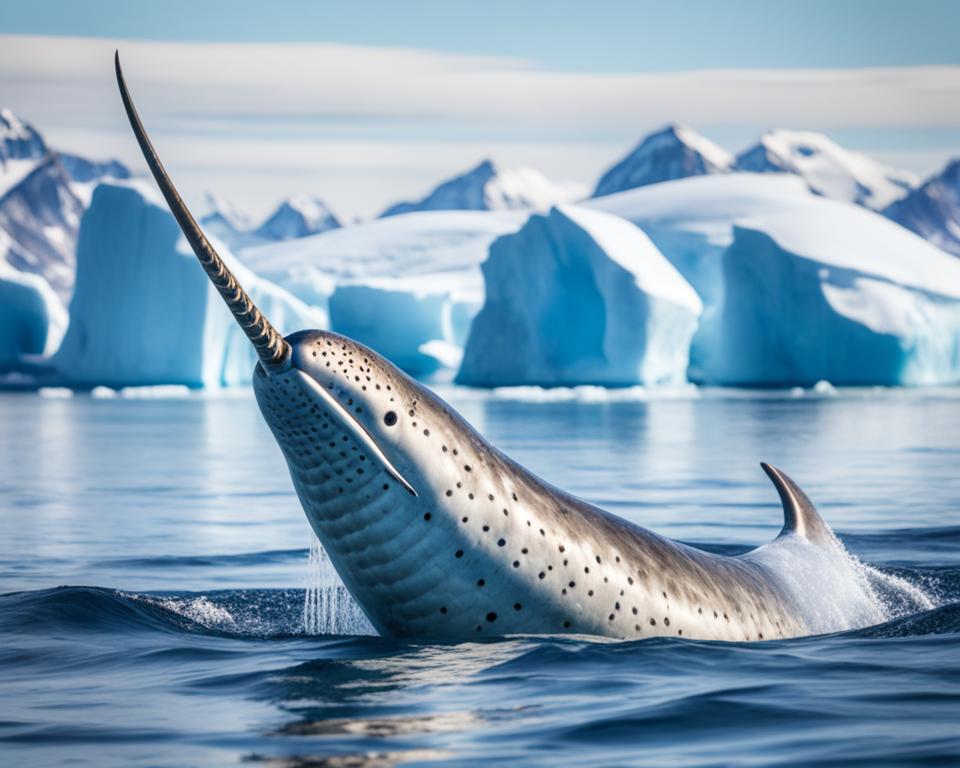Yes, if you consider homosexual behaviors in animals as being gay.
Scientists have observed this in over 450 animal species.
But not all observed species engage in the same homosexual behaviors.
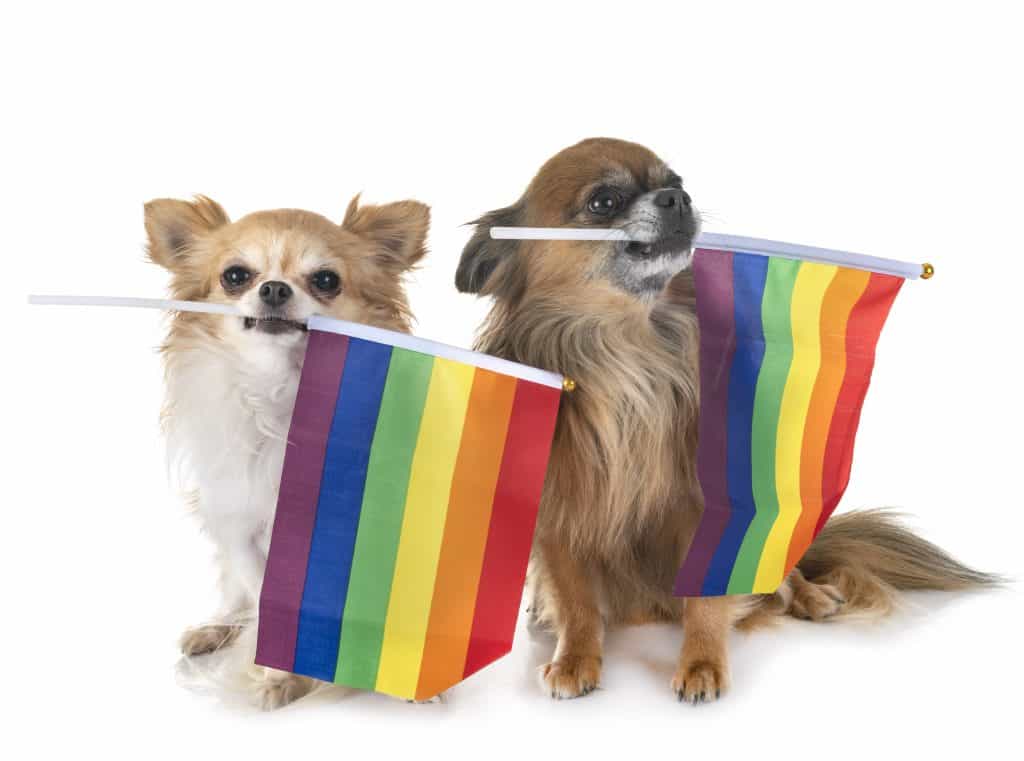
Can animals be gay?
Preconceived notions about nature influenced how researchers reported and interpreted animal behavior. At worst, researchers would exclude data that deviated from a species expected behavior. At best, they would draw erroneous conclusions from their biased observations.
For most researchers, same-sex animal behaviors are not limited to sex. Animals engage in same-sex pairing for numerous reasons: affection, courtship, and co-parenting.
Each species has different reasons for why same-sex relationships develop. For example, bottlenose dolphins engage in homosexual behavior and heterosexual behavior. All of these actions serve to strengthen the bonds of the group.
Are Bottlenose Dolphins Gay?

Male bottlenose dolphins usually rub their genitals against other males to socialize. Sometimes this results in male dolphins swimming belly to belly. One dolphin inserts his penis into another male dolphin’s genital slit or anus.
These relationships usually begin when they are calves. They facilitate bonds to protect themselves from predators. Later, these bonds help male dolphins find female dolphins in which to procreate.
Interestingly, the bottlenose dolphins’ homosexual relationships follow Darwin’s survival of the fittest theory. Without these relationships, the propagation of the bottlenose species would not be possible.
That is to say, these homosexual relationships lay the groundwork for the bottlenose dolphins’ survival. Hence, the dolphins’ bisexuality could be part of their evolutionary process. The previous bias would have prevented researchers from examining this possibility.
Are Rams Gay?
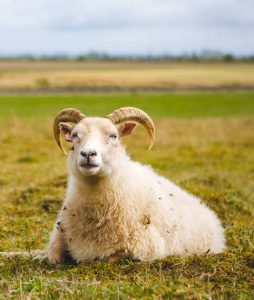
In contrast to the bottlenose dolphins, rams do not seem to engage in homosexual behaviors to strengthen their community.
According to a 2004 paper in Endrocrinology, about 8% of rams (nonmonogamous animals) prefer a same-sex partner when they had access to a female.
Researchers suggest this natural preference may be due to brain anatomy differences. This behavior is not exclusive to sheep. Other domestic animals like horses exhibit a preference for a same-sex partner.
Are Laysan Albatross Gay?

Sometimes homosexual relationships are a result of preference. Sometimes they can be the result of convenience. In Oahu, Hawaii live the Laysan albatross.
These monogamous birds continually reunite with their partners to mate and raise hatchlings. It was originally thought that each pairing consisted of one female and one male.
However, new evidence suggests about 31% of nested partners include two females. It would appear that one or both of the female partners would get impregnated and return to the nest to raise their hatchlings together year after year.
One reason female-female pairings might develop is that females in the population outnumber males. It may be necessary for same-sex couples to develop to ensure the safety of the hatchlings.
Though, evidence suggests that female pairings have a lower hatching rate. The hatching rate for male-female couples is 87% while the hatching rate for female-female pairs is 47%. In addition, these pairs have a lower reproduction rate. It is unclear why their rates are lower.
Bed bugs (Can Insects Be Gay?
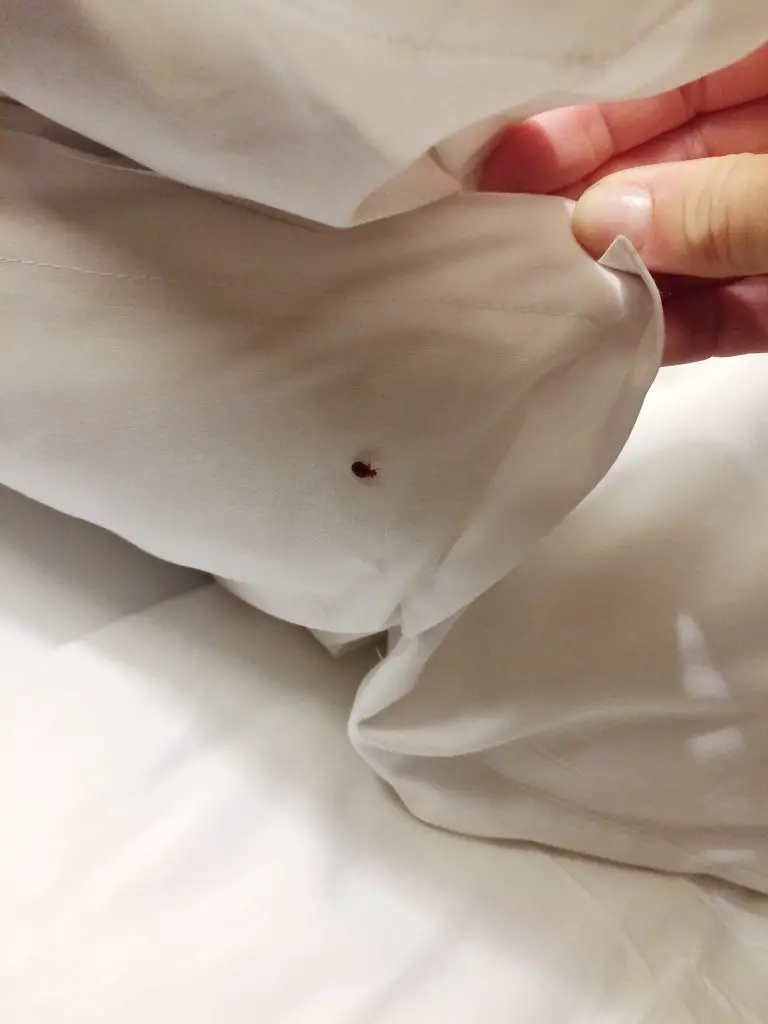
Even insects engage in homosexual relationships. Any individual that has just enjoyed a meal is attractive to a male bedbug; it does not matter whether they are female or male.
To reduce homosexual matings male bedbugs give off alarm pheromones. These pheromones help prevent male bedbugs from hurting other male bedbugs. Male bedbugs risk abdominal injury when they mate with other males. They lack the female spermalege structure that protects against the males’ needle-like penis.
In conclusion, many animal species exhibit homosexual behavior. Researchers must observe a species as a whole without ignoring observations that are contrary to what they believe. To produce well-thought-out theories people need to avail themselves of all possible information. Excluding information that one does not like leads to errors and misconceptions.
A Researcher’s Bias to Results
A researcher’s bias could, and would, shape his or her theories. According to Bruce Bagemihi, author of Biological Exuberance: Animal Homosexuality and Natural Diversity (1999), the moral bias against same-sex human relationships influenced the study of animal behavior. With changes in social norms came the freedom to study all types of animal behaviors.
Can Animals That Smell Underwater Also Exhibit Homosexual Behavior?
Animals that can smell underwater showcase intriguing behaviors, including the possibility of exhibiting homosexual behavior. In nature, various species engage in same-sex interactions, which challenge traditional notions of mating. Whether it’s in the aquatic realm or on land, the existence of homosexuality among animals reinforces the notion that diverse sexual orientations are not exclusive to humans.
List of Animal species with evidence of homosexuality in their populations.
This is just a small portion of the 450 species long list of animals that show homosexual behaviors.
- Baboon
- Lions
- Brown Bear
- Giraffe
- Goat
- Rams
- Elephant
- Fox
- Bottlenose dolphin
- Brown rat
- Koala
- Gorilla
- Monkey
- Penguin
- Panda
- Racoon
- Raven
- Tortoise
- King penguin
- Dog
- Bison
- Ostrich
- Laysan albatross
- Orca
- Chicken
- Barn Owls
- Gulls
- House sparrow
- Dragonfly
- Bedbug
- Fruitfly
- Little brown bat
- Greater horseshoe bat
- Lesser horseshoe bat
- Spotted hyena
- Vulture
- European pole cat
- Black swans
- Sheep
- Whiskered bat
- Brown-long-eared bat

